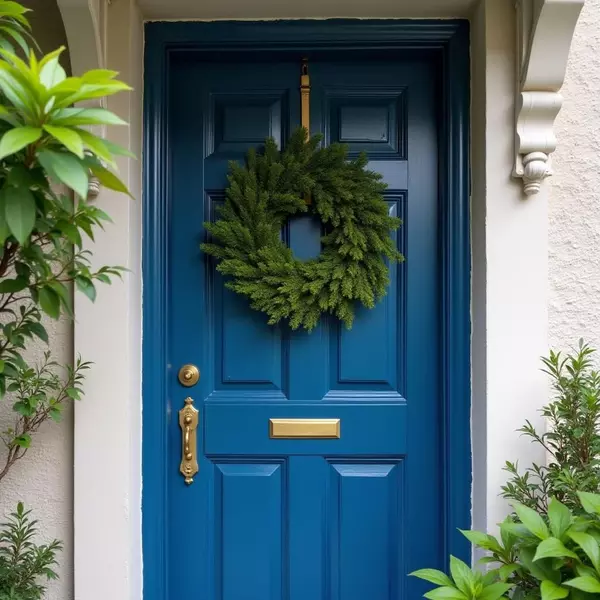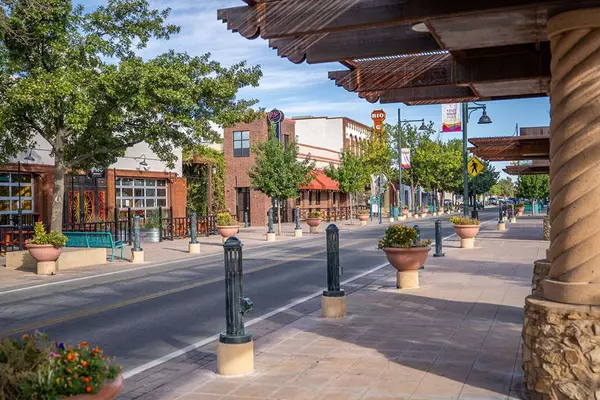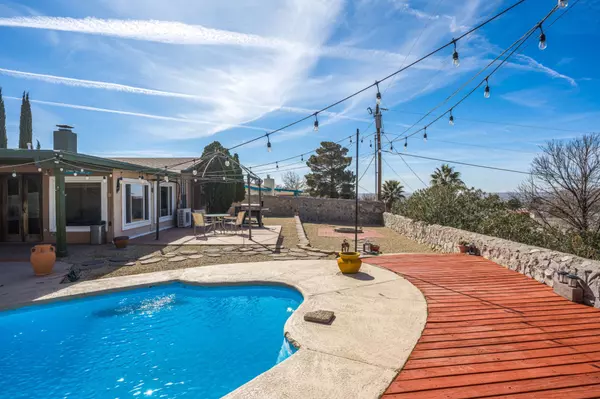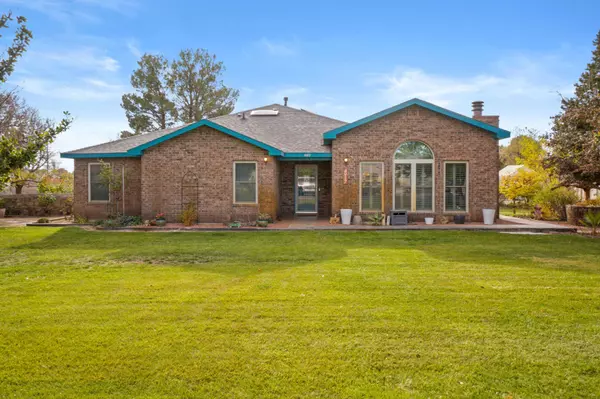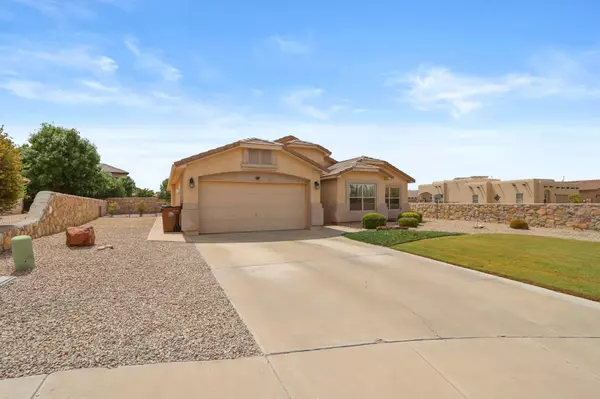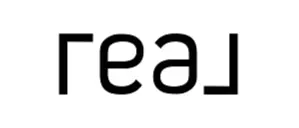Hidden Costs of Buying a Home and How to Budget for Them
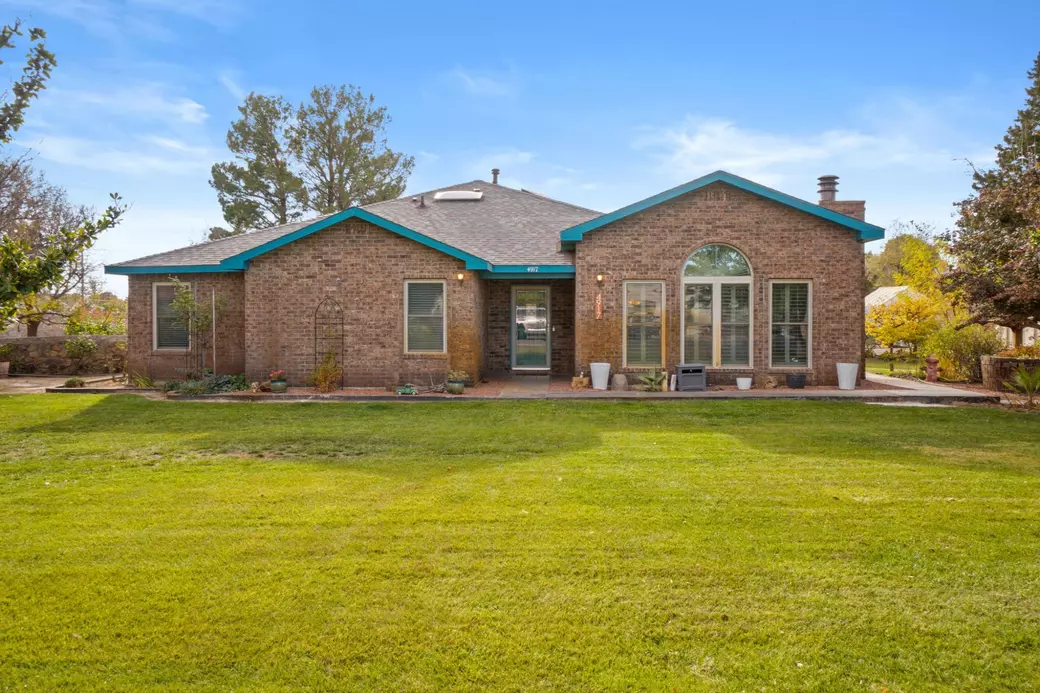
When purchasing a home, many buyers focus on the down payment and mortgage. However, hidden costs can add up and catch you by surprise if you're not prepared. Understanding these additional expenses will help you budget effectively and avoid financial stress.
Below, we’ll cover some of the most common hidden costs of buying a home and provide tips on how to budget for them.
1. Home Inspection Fees
Before finalizing a home purchase, a professional inspection is highly recommended to assess the condition of the property. Home inspections typically cost between $300 and $500 depending on the property's size and location.
Budgeting Tip:
Add the inspection fee to your budget early on. If the inspection reveals significant issues, you may need to negotiate repairs with the seller or walk away from the deal.
2. Closing Costs
Closing costs can range from 2% to 5% of the home’s purchase price. These fees include attorney fees, lender fees, title insurance, and property taxes. For example, on a $300,000 home, closing costs could range from $6,000 to $15,000.
Budgeting Tip:
Use a closing cost calculator to estimate fees, and ensure you have enough savings to cover these costs. You can also ask your lender about programs that offer closing cost assistance.
3. Property Taxes
Property taxes vary based on your home’s location and assessed value. Some buyers overlook this expense, especially if they’re moving from an area with lower property taxes. Depending on your area, you might be looking at annual taxes that range from 1% to 3% of your home’s value.
Budgeting Tip:
Research the property tax rates in the neighborhood you're considering. Ask your real estate agent for an estimate based on the home’s current tax assessment.
4. Homeowners Insurance
Homeowners insurance is a necessary cost to protect your investment, covering everything from structural damage to theft. Premiums vary but can average around $1,200 annually, depending on factors like location, home size, and coverage levels.
Budgeting Tip:
Shop around for insurance quotes early in the buying process. Compare policies to find the best coverage at the most affordable price. Don't forget to factor this annual cost into your monthly budget.
5. Private Mortgage Insurance (PMI)
If your down payment is less than 20%, you’ll likely need to pay for Private Mortgage Insurance (PMI). PMI can range from 0.3% to 1.5% of the original loan amount annually, depending on your loan terms and credit score. For a $250,000 loan, this could be an extra $125 to $312 per month.
Budgeting Tip:
Consider increasing your down payment to avoid PMI altogether. Alternatively, factor PMI into your overall mortgage payment to ensure you don’t underestimate your monthly expenses.
6. Utility Costs
Moving into a new home often means adjusting to different utility bills. Some homes, especially larger properties or older buildings, may have higher heating, cooling, and electricity costs. Don't forget other utilities like water, trash collection, and internet.
Budgeting Tip:
Request past utility bills from the seller, if possible, to estimate monthly costs. If you're moving into a larger home, anticipate higher utility usage and factor that into your budget.
7. Home Maintenance and Repairs
Even if your home passes inspection, ongoing maintenance and repairs are inevitable. Experts recommend setting aside 1% to 3% of your home’s purchase price each year for maintenance. For a $300,000 home, that’s between $3,000 and $9,000 annually.
Budgeting Tip:
Set up an emergency fund specifically for home repairs. This will protect you from unexpected expenses like fixing a leaky roof or replacing a broken water heater.
How to Budget for Hidden Costs
To ensure you're financially prepared for the hidden costs of buying a home, follow these budgeting strategies:
1. Create a Homebuying Budget
Start by calculating all upfront costs, including the down payment, closing costs, and home inspection fees. Then, estimate ongoing costs like property taxes, homeowners insurance, and utilities. Make sure you have enough savings to cover both one-time and recurring expenses.
2. Save for an Emergency Fund
Unexpected expenses are inevitable when owning a home. Set aside 3-6 months’ worth of living expenses in an emergency fund. This safety net can help you handle surprise repairs or temporary income disruptions.
3. Get Pre-Approved for a Mortgage
By getting pre-approved, you’ll have a clear understanding of how much house you can afford. Don’t forget to factor in PMI, property taxes, and insurance when estimating your monthly mortgage payments.
4. Use Online Calculators
Online tools like mortgage calculators and closing cost estimators can help you visualize all homebuying costs. These tools will give you a more accurate idea of what to expect financially.
Conclusion
Understanding the hidden costs of buying a home will prevent unpleasant surprises and help you plan for a smooth homebuying experience. By budgeting for expenses like closing costs, property taxes, and maintenance, you can set yourself up for long-term financial stability and homeownership success.
Call to Action: Ready to find your dream home? Check out our latest listings in Las Cruces and start planning your home-buying journey today!
Recent Posts
